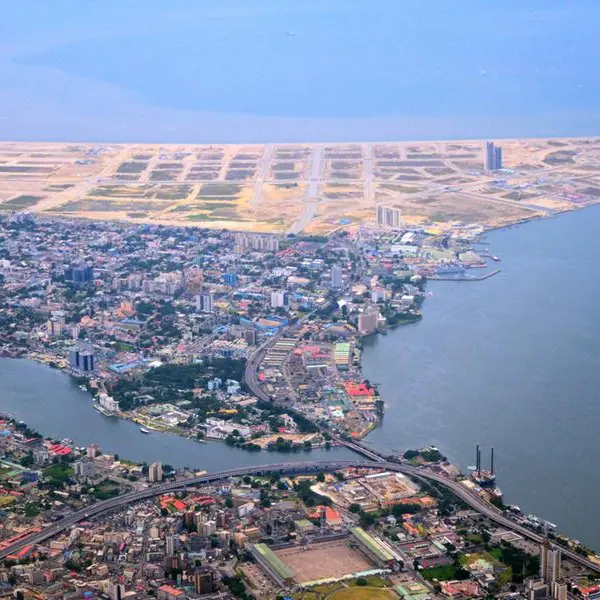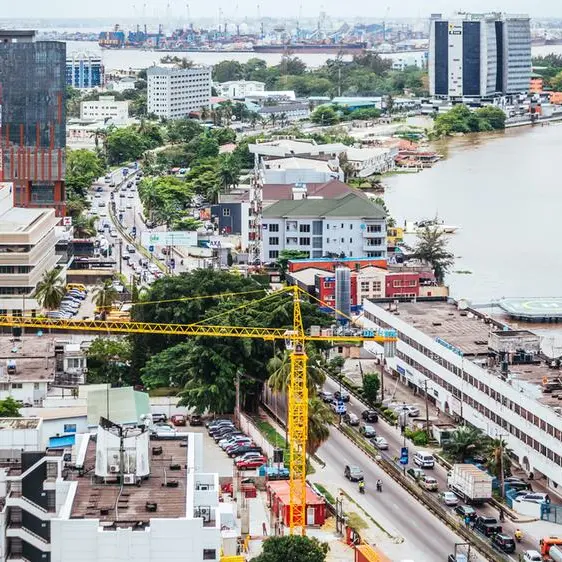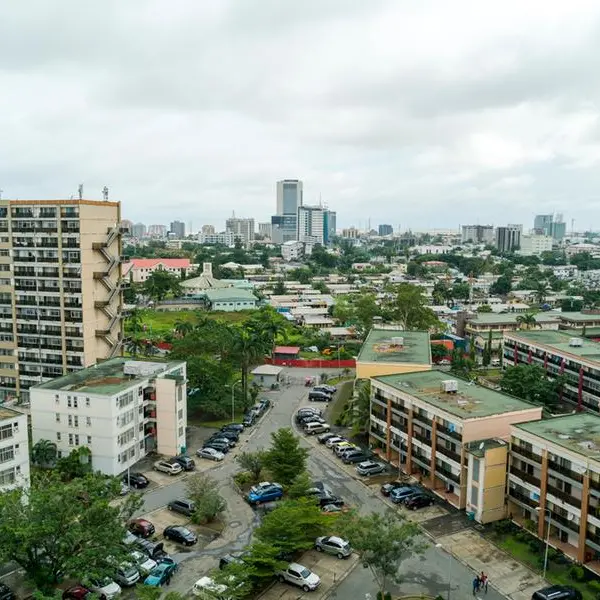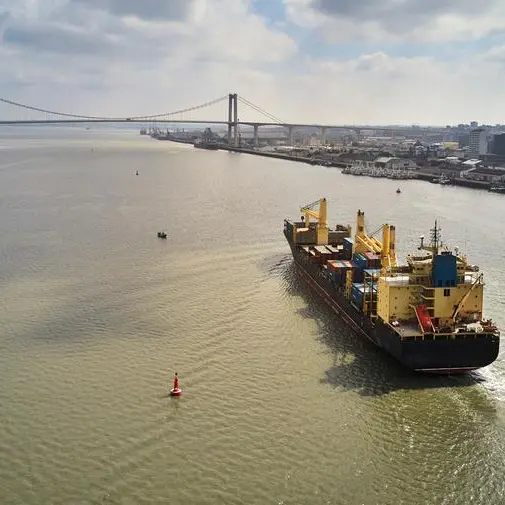PHOTO
Kenya’s National Treasury will this month begin mopping up government funds from commercial banks as the initial phase of implementing the Treasury Single Account (TSA) project takes affect after close to 10 years of planning.
The latest move is likely to cause a shake-up in the liquidity position of the banking industry in which government cash constitutes between eight and 10 percent of the total bank deposits. For example, government deposits in commercial banks stood at Ksh435.87 billion ($3 billion), accounting for 8.69 percent of the total bank deposits of Ksh5.01 trillion ($34.55 billion) as at December 31, 2022, according to Central Bank Statistical Bulletin (December 2022).
The deposits (central government and other public sector) consisted of Ksh323.26 billion ($2.22 billion) and Ksh112.6 billion ($776.55 million) in demand deposits and time savings respectively.
Read: Kenya retreats from domestic borrowing to cool interest ratesUnder the latest plan, government ministries, departments and agencies (MDAs) are required to pay off suppliers, contractors and any other payments within 24 hours of receipt of funds from the Exchequer to eliminate idle cash in bank accounts.
While the MDAs will not be under any pressure to close down their multiple bank accounts, they may be compelled to do it at their own will as these accounts would remain dormant with no public funds kept in them beyond 24 hours.
National Treasury’s director general in-charge of accounting services and quality assurance Bernard Ndung’u told The EastAfrican that under the TSA, whose implementation starts this month, payments to government MDAs will be done on a real-time basis thus avoiding cases of keeping idle cash in commercial banks.
This has been made possible through the automation of the Exchequer process, which involves interlinking the National Treasury, MDAs, Office of the Controller of Budget (OCoB) and Central Bank electronically.“Implementation of the initial phase of the Treasury Single Account (TSA) is in its advanced stages and the final testing of the system is ongoing,” Mr Ndung’u said.“This will automate the exchequer process — MDAs, National Treasury, OCoB, and CBK. Payments will be done on a real-time basis, with no need of maintaining balances in MDA bank accounts.
Read:Kenya’s interest rates cut plan running out of steamPotential impactThe first phase of the TSA project kicks off this month while the second phase — bringing on board the county governments — is planned for January 2024.“Phase 1 will involve the voted entities whose bank accounts are domiciled at CBK and operate within Integrated Financial Management Information System. State corporations and semi-autonomous government agencies (Sagas) will then be brought progressively on board as this will involve a review of their budgeting, legal and operational processes,” he said.
The law gives Sagas such as Kenya Urban Roads Authority, Kenya National Highways Authority and Kenya Rural Roads Authority powers to budget and execute their own payment plans without the involvement of the parent ministry.
TSA excludes government enterprises which have operational independence.
Fund managers, however, expect the implementation of the TSA to adversely impact deposits in the banking system and hurt lenders that heavily rely on state banking.
The banking sector’s liquidity decreased marginally to 49.7 percent in June from 49.9 percent in March this year, according to CBK data.
Kenya’s creation of the Treasury Single Account which targets entities purely funded from the Exchequer is part of a broader plan by the EAC member states to ensure oversight of public funds and eliminate unnecessary costs related to keeping money in bank accounts.
The policy shift has the backing of the International Monetary Fund as part of its campaign against the looting and misappropriation of public funds by government and state officers.
However, the government has previously wavered on the creation of a TSA despite a push by the IMF for the centralisation of government payments to bolster transparency in the management of public funds and lower borrowing costs.
Read: Kenya heads into fifth review as IMF firms grip on economic policyIn 2015, the then National Treasury Cabinet Secretary Henry Rotich announced the creation of the TSA to enhance transparency and accountability in the use of public resources following widespread corruption in the public sector.
But in 2016-17 the National Treasury failed to honour its budget promises of going to full adoption of the TSA to ensure efficient and effective cash management.
In Kenya, creation of the TSA is enshrined in the Public Finance (Administration and Management) Regulations 2013, which were formulated to boost the effectiveness of the Public Finance Management Act (2012).
Kenya hopes the TSA for public funds will help track cashflows within state organs, control wastage and lessen excessive borrowing by the government that is largely blamed for rising interest rates.
The National Treasury has adopted a unique version of TSA that does not involve collapsing all government accounts into a single account but allows MDAs to retain their multiple bank accounts on condition that they don’t keep public funds in these accounts for more than 24 hours.“The objective of TSA is to ensure we don’t have funds sitting idly all over yet you can have an account where payment is done today or tomorrow without having idle funds,” said Ndung’u.
The elimination of paper work in processing requests and disbursement of funds by the Exchequer to MDAs is expected to enhance accountability, transparency and efficiency in the management of public resources.
Kenya launched the Integrated Financial Management Information System (IFMIS) in 2014 viewing it as a solution to the procurement-related scandals, but the system has not protected the country from revenue leakages. © Copyright 2022 Nation Media Group. All Rights Reserved. Provided by SyndiGate Media Inc. (Syndigate.info).





















